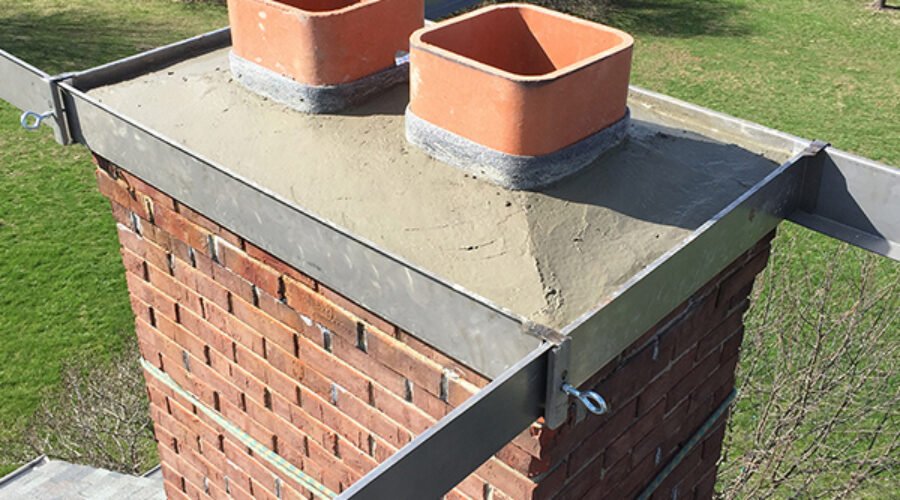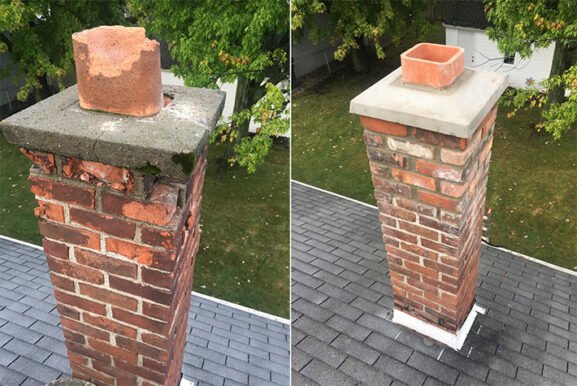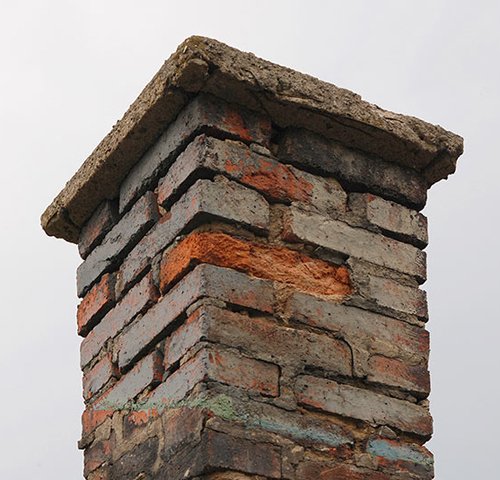How Much Does a Chimney Repair Cost and Why It Pays to Act Early
Key Takeaways
- Chimney repair costs vary widely depending on the type of damage and the materials involved
- Common repairs include crown sealing, tuckpointing, flue liner replacement, and brickwork restoration
- Delaying small fixes can lead to major structural issues and higher costs over time
- Regional pricing and labor rates can significantly impact the total repair bill
Understanding the Factors Behind Chimney Repair Costs
Chimney repairs can range from minor touch-ups to full structural restorations. Homeowners often ask how much they should expect to pay, but the answer depends on several factors. The type of damage, the materials needed, the height and condition of the chimney, and even where you live all influence the final cost.
In general, minor repairs like mortar repointing or cap replacement may cost as little as $150 to $400. More extensive work, such as flue liner replacement or rebuilding part of the chimney, can run from $1,000 to $4,000 or more.
Knowing what drives these costs helps you better plan and avoid unexpected expenses.
Common Types of Chimney Repairs and Their Price Ranges
Not all chimney issues are created equal. Some can be fixed quickly, while others require more intensive work. Here are some common chimney repairs and what you might expect to pay:
Chimney Cap Replacement
A damaged or missing chimney cap can allow rain, animals, and debris to enter your flue. Replacing it usually costs between $150 and $350, depending on the material and installation height.
Crown Repair or Sealing
The chimney crown is the top cement surface that protects the brickwork below. Small cracks can be sealed for around $200 to $500. If the crown is severely damaged, a full rebuild might cost $1,000 or more.
Tuckpointing and Mortar Repairs
Brick joints that have deteriorated need tuckpointing to restore structural integrity. Expect to pay about $8 to $12 per square foot. A full chimney may cost $1,000 to $2,500, depending on size and access.
Flue Liner Replacement
Older chimneys often have clay liners that can crack or collapse. Replacing a liner with stainless steel can cost anywhere from $2,000 to $5,000, depending on the flue’s length and shape.
Flashing Repair
Flashing prevents leaks where the chimney meets the roof. If water is entering at the base of your chimney, repairing or replacing the flashing can cost between $300 and $800.
Each of these repairs addresses a different type of wear or damage, and prices can vary significantly based on location and material availability.
Regional Labor Costs and Seasonal Influences
Where you live can greatly affect your final chimney repair bill. Labor costs in urban areas like New York City or northern New Jersey, for example, are generally higher than in smaller towns or rural regions. Local building codes and permit requirements can also increase costs.
Seasonal timing also plays a role. Fall is typically a busy time for chimney professionals, as homeowners prepare for colder weather. Scheduling repairs in late spring or summer might help you secure better rates and quicker service.
According to HomeAdvisor, the national average cost for chimney repair is about $750, but that number varies based on geography and the specific work involved.
Why Early Repairs Are More Cost Effective
One of the most important things homeowners can do is address chimney problems early. A small crack in the crown or a few missing bricks may not seem urgent, but moisture can quickly turn minor flaws into major structural issues.
Water damage is especially destructive because it can spread into nearby roofing and framing. Chimneys also expand and contract with the seasons, which makes existing damage worse over time. A repair that might cost $500 today could end up being a $3,000 job if delayed for too long.
Preventative maintenance and routine inspections go a long way toward keeping repair costs manageable. Chimney professionals can spot problems like early-stage mortar erosion or flue damage before they cause wider issues.
Material Choices and Their Cost Impact
The materials used in your chimney also affect repair pricing. For example, brick and mortar are relatively affordable, while natural stone or custom metalwork comes with a higher price tag. Stainless steel liners last longer than aluminum or clay, but also cost more to install.
Some homeowners opt for decorative finishes or upgraded caps, which can increase costs but also add longevity and curb appeal. While it might be tempting to go with the cheapest fix, investing in quality materials often means fewer repairs down the line.
When Insurance Might Cover Chimney Repairs
In some cases, chimney damage may be covered by your homeowner’s insurance—especially if it’s caused by a sudden event like a lightning strike or falling tree. However, insurance won’t typically cover deterioration from age, moisture, or lack of maintenance.
If you suspect your chimney damage was caused by a covered event, it’s a good idea to have it inspected and documented promptly. Keep detailed records, including photos and a professional assessment, in case you need to file a claim.
Planning Ahead for Chimney Repair Costs
Being proactive with your chimney can help you avoid both unexpected repairs and financial strain. Many chimney professionals offer annual inspection services that cost between $100 and $300. These visits can catch small issues before they become expensive repairs.
If your chimney is older or hasn’t been inspected in years, scheduling a thorough checkup is a wise first step. Creating a home maintenance budget that includes potential chimney expenses helps you avoid surprises and make more informed repair decisions.
Investing in Long Term Chimney Health
Chimney repairs might seem like a nuisance, but they play a critical role in home safety and energy efficiency. A well-maintained chimney not only keeps your heating system functioning properly but also prevents dangerous issues like carbon monoxide leaks and fire hazards.
Taking the time to understand the potential costs and staying ahead of maintenance needs will help you get the most out of your chimney without breaking the bank. Reliable masonry and chimney repair work is one of the best long-term investments you can make in your home’s structure and safety.


